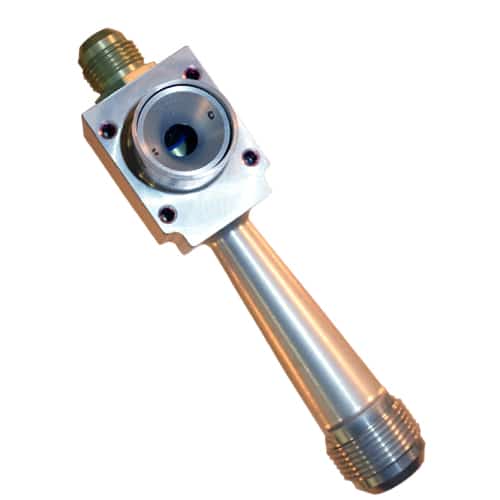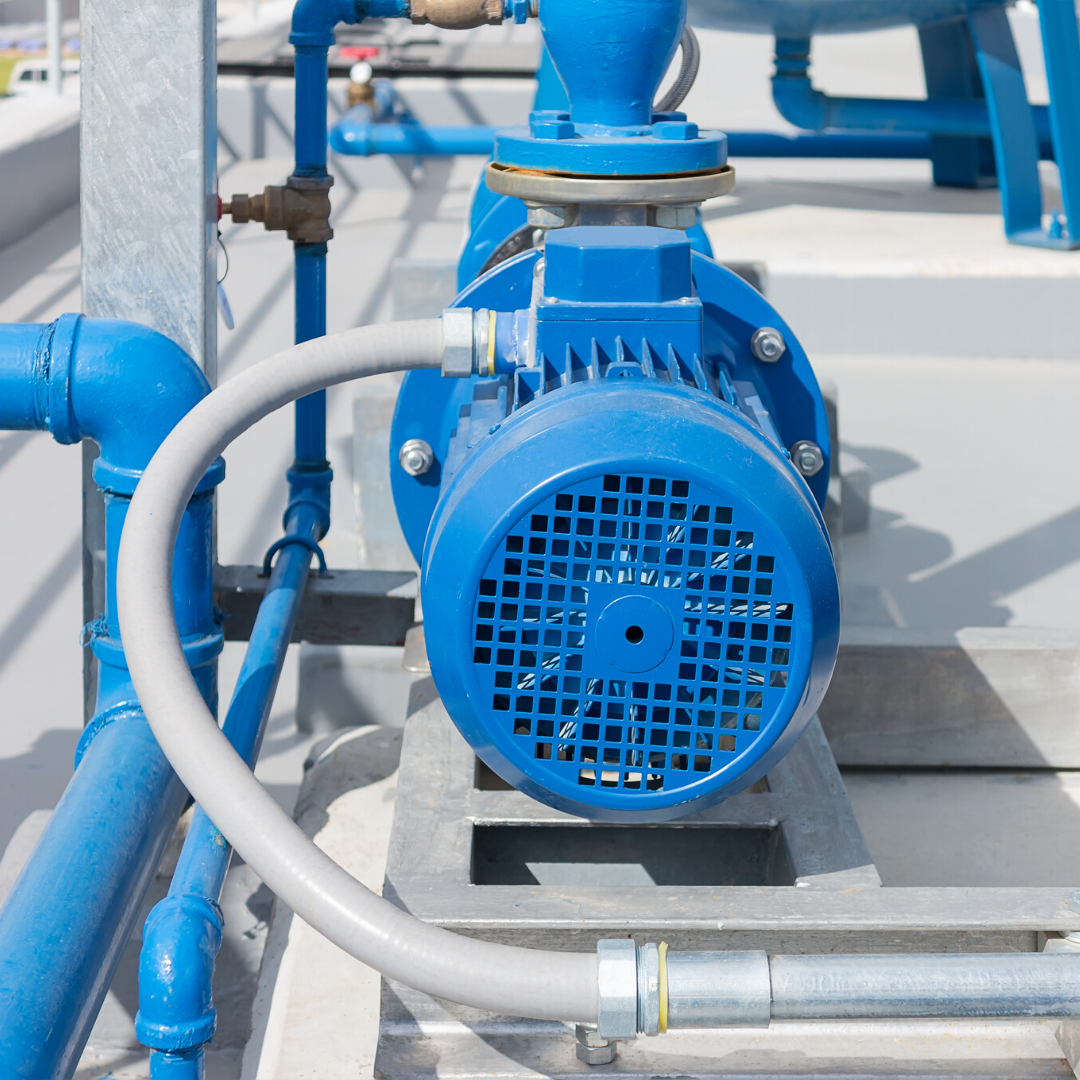
The water that collects in the sump basin is ground water, that is, water from the soil surrounding the home’s foundation and is typically clear and cold. Water collected by the drain tile flows to the sump basin and accumulates there until the level rises high enough to trigger the sump pump’s float switch. Typically, there will be two inlets in a sump basin that connect to either end of a drain tile system, either interior or exterior. Sump pumps and ejector pumps are both important parts of a home’s water management system and a malfunction of either can create a destructive mess.Ī sump pump is a small, often submersible, water pump that is located in the basement in a sump basin, a cylindrical container at least two feet deep that is set into the floor. So, What’s the Difference between a Sump Pump and an Ejector Pump? In fact, this second pump is usually an ejector pump and, although it performs the same basic function as a sump pump in removing water from the basement, the source and destination of that water are far different. It is often identical, or at least very similar, to the other sump pump and some homeowners are perplexed as to why it’s there and what it does. In many homes, though, particularly in those with finished basements, there is often what appears to be a second sump pump, often located near the washer and dryer. They’ve been around a while (as many homes with the old pedestal-style pump will prove) and they play an important role in keeping a basement dry. In most parts of the country, homeowners are used to having a sump pump in the basement. If you’re in the Marin or Sonoma counties and are having issues with your sewage ejector pump, contact Gotelli Plumbing.Menu Sump Pump vs. If your home has a basement or even something as common as a washing machine, your home also has an ejector pump. Whatever it may be, Gotelli Plumbing can handle the repair, maintenance, and replacement of your sewage ejector pump. A lot of these issues pop up because the ejector pumps were either installed wrong or are the wrong size. An even messier issue could be sewage backups, but those can be easily resolved if handled early by calling a plumber. Other problems could include clogs or obstructed discharge lines. One common problem that your ejector pump may experience is a broken switch.

Because of this, they are subject to a lot of breakdowns and failures. Take Care of Your Ejector Pump!ĭue to the nature of the job of ejector pumps, they often work in harsh places. It is usually between the pump outlet point and the junction of the main sewer line. There is always a check valve to make sure that nothing drains back into the sump basin. The outlet pipe is usually about two inches in diameter and it connects to a three-inch sewer line. That vent needs to come out of the sump pit to connect to another vent stack or through the roof. What is actually needed for ejector pump systems? These systems need a vent for a sewage ejector pump installation to equalize pressure and provide an outlet for any sewer gasses and waste. Once the water levels drop, the float drops and the sewage ejector pump will stop pumping. The liquids are then pushed out of the basin and to the level of the sewer line. The drain lines slope down into the sump basin, and when the water levels reach a certain height, afloat on the ejector pump will start the pump. They can collect and hold on average 30 gallons of waste for a moderate home.

They are common in low places like basements. A sump basin is a low space that collects liquids and manages surface runoff water.

For example, in rural areas where the septic tank may be higher than the plumbing fixtures. Ejector pumps are also prevalent in septic drain-field systems. When the sewer lines that run to the street are higher than the plumbing fixture, the ejector pump pushes liquids and solids into the sewer line. Ejector Pumps In Your HomeĮjector pumps are common in basements, laundry rooms and bathrooms in homes.
#Ejector pumps how to#
Gotelli Plumbing is here to help you understand what an ejector pump is and how to take care of it. The ejector pump is what forces the wastewater out so it can flow out. It’s located wherever there is plumbing below the main sewer or septic line flowing from the house. What is an ejector pump? Is it important? An ejector pump is a device that pushes waste from the plumbing that exists below the city’s sewer line up to the main sewer line.


 0 kommentar(er)
0 kommentar(er)
